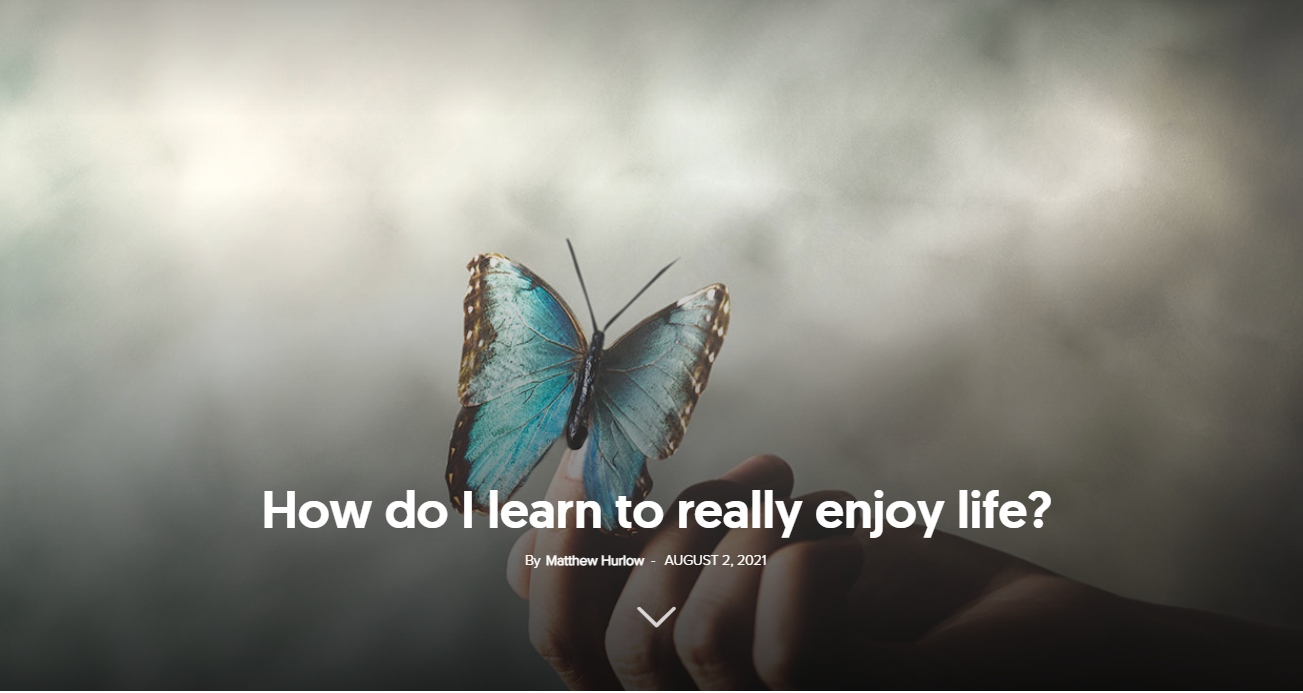Up until she was 49 years old, Sue Shellenbarger had been happy with her life. She had a nice home in Oregon, USA, and a good job as the Wall Street Journal’s work and family columnist. However, in the space of just two years, she had divorced her husband, emptied out her bank account, and developed a real passion for adventure that landed her in the emergency room.
A few months into the adventure, with her neck in a cast, Sue was on the phone with her editor, making fun of the situation: “I realised a midlife crisis is a cliché until you have one“. After those two years, Sue published a book called “The Breaking Point: How Female Midlife Crisis Is Transforming Today’s Women”.
A myth as big as 8 billion people
The phenomenon of midlife crisis has been theorised since the last century. It was identified by Carl Jung as a normal experience of many people between the ages of 40 and 60. The term “midlife crisis” first appeared in 1965, when the psychoanalyst Elliott Jaques used it to describe a period when adults become aware of how little time they have left before death.
The crisis affects both men and women, the difference being that it is usually caused by work-related factors in men and relationship-related factors in women. However, the symptoms are the same: tiredness, nervousness, depression, emotional instability, low mood, weight gain, impulsiveness or irrational decisions.
This generalisation of a very personal episode is supported by the theory that happiness is U-shaped, with peaks of satisfaction at 25 and 65 and the steepest decline at 45. A 2010 study by the British charity Relate found that of 2,000 people surveyed, those aged between 35 and 44 were the most lonely and depressed. Therefore, the midlife crisis could be hitting even before you reach middle age.
Victims of a cliché
No one can deny that midlife is a time of change. Menopause, andropause, children moving away from home, the death of parents—all these things happen around this time. But the seemingly obvious conclusion is not so obvious. According to a study of 341,000 people by the US National Academy of Sciences, psychological well-being does not begin to increase until the age of 40 and does not peak until the age of 80[1].
This new perspective is more in line with what actually happens in most people’s lives, says researcher Alexandra Freund of the University of Zurich. She says that midlife is not characterised by boredom or a sense of crisis, precisely because at this age people know themselves very well and know what works for them and what does not.
On the contrary, instead of boredom and crisis, the main problem for adults at this stage of life is the feeling that they don’t have time to do everything they have planned for the day. One of the most erroneous beliefs associated with the midlife crisis myth is the idea that at this time of life, individuals suddenly realise that the values they have been living by are not good and choose more achievable goals.
Once a person reaches adulthood, explains psychologist Margie Lachman of Brandeis University in Massachusetts, USA, their personality remains relatively stable for the rest of their lives. As for new goals, they can only be variations on the original ones, aligned with the core values established in youth.
In other words, people are very resistant to change, especially as they age. On the other hand, advances in health care and education, as well as increased life expectancy, have reduced the impact of the stereotypical midlife crisis. That’s why Israeli psychologist Dr Carlo Strenger says that the much-maligned midlife crisis no longer exists in Western society, and that people are freer to enjoy life after the age of 40.
The midlife crisis itself is in crisis
The midlife crisis may be more present in the media than in people’s lives. There are plenty of websites on the internet explaining in great detail what a midlife crisis is, its symptoms, and how to overcome it. Midlife crisis has its own Wikipedia page.
Unfortunately, it has become a cliché used to explain every aspect of the personality, health, career, and relationships of people in this age group, from the desire to buy an expensive car, to the Bill Clinton-Monica Lewinski episode. Lachman warns that while the midlife crisis may be a good excuse for films and books, it is not scientifically valid.
This probably explains why Elliott Jaques, the man who coined the term “midlife crisis” at the age of 48, got married, wrote twelve books, worked as a consultant for the Church of England and the US Army, and produced some of his most original ideas—all in the period between when he coined the term and his death at the age of 86.


















